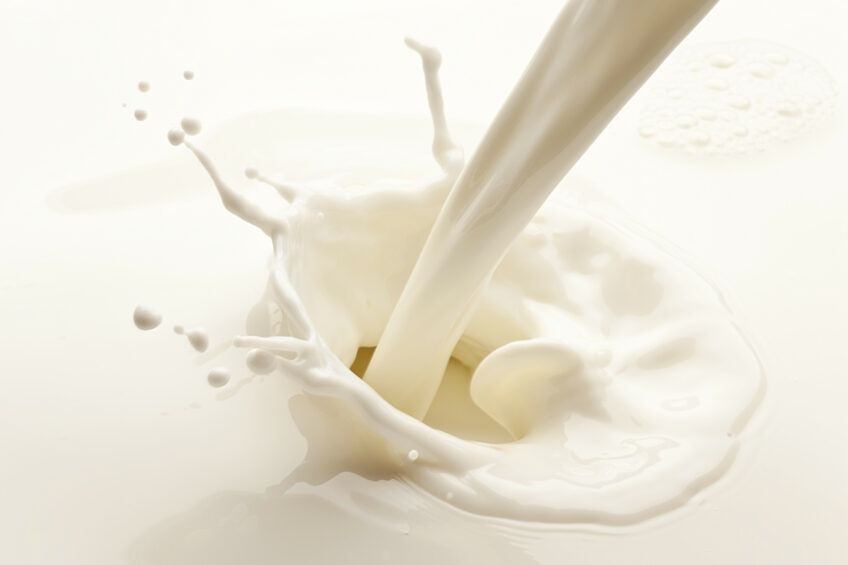More milk for dairy farmers in Myanmar

Dairy farming and nuclear science – it seems to be a strange combination, but an isotopic technique can be used to breed more productive dairy cows.
The International Atomic Energy Agency (IAEA) has reported on a case where a small-scale dairy farmer in Myanmar has benefitted by using bull semen, made via nuclear and isotopic techniques.
Historically, cattle in Myanmar were used as a source of power in agriculture for ploughing the fertile fields of the country’s river valleys. Most of the indigenous cattle are draught animals that can work long hours tilling fields and pulling carts. But they are not particularly productive when it comes to milk production. The genetics laboratory has characterised these local varieties and developed a programme to breed cows that can produce more milk.
Improving native cattle breeds through genetic selection in such a way that they produce more milk but still retain their adaptability to the local environment and their tolerance to local diseases is crucial in sustainably increasing their productivity.
Nuclear and nuclear derived technologies have also been used to detect viruses like Foot-and-Mouth Disease, and the IAEA, the FAO and their partners have helped Myanmar’s veterinary laboratory buy materials and acquire expertise.
Read the full story on the IAEA website.
Join 13,000+ subscribers
Subscribe to our newsletter to stay updated about all the need-to-know content in the dairy sector, two times a week.










